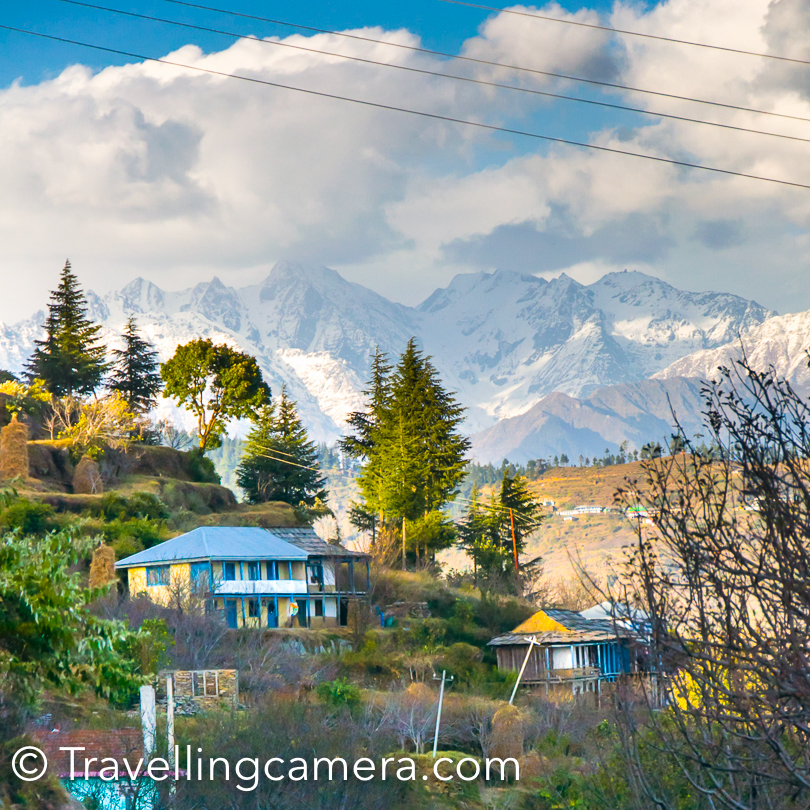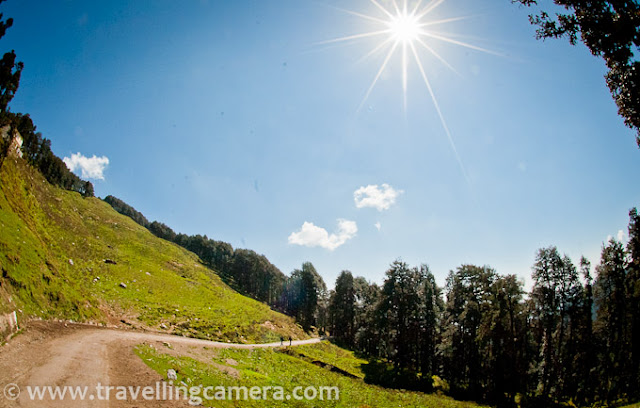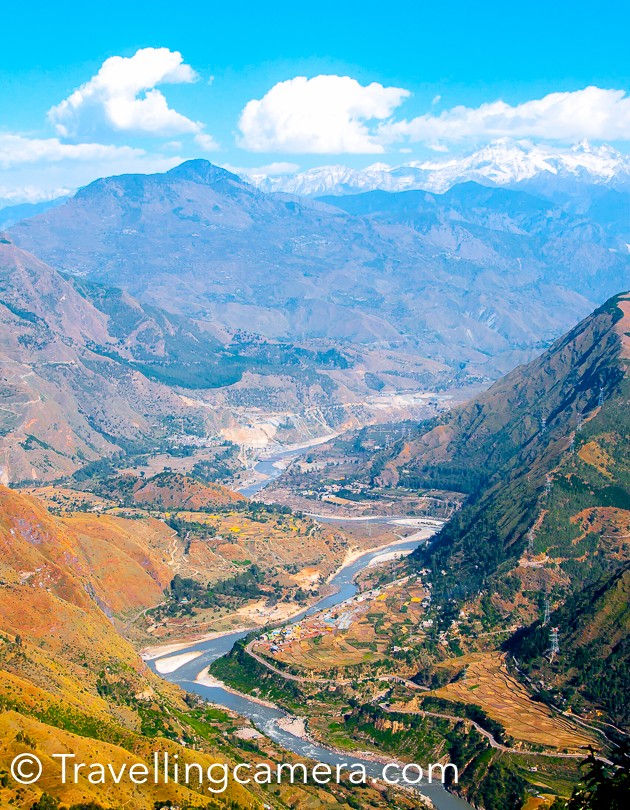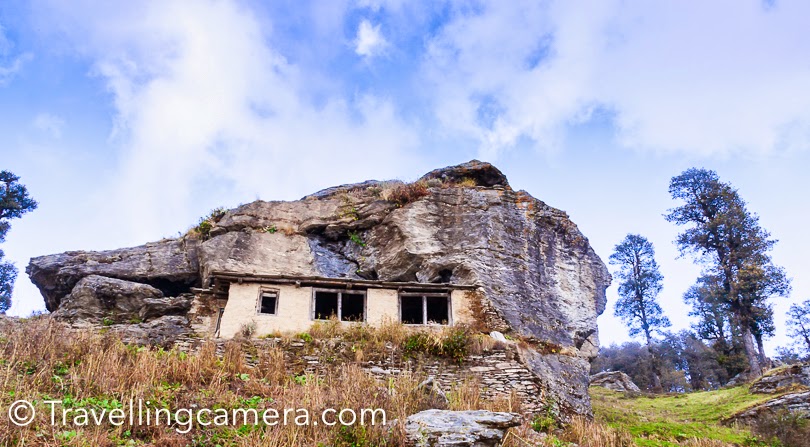Tirthan Valley is a hidden gem in the Indian state of Himachal Pradesh that offers a perfect retreat for nature lovers and adventure enthusiasts. Located at a distance of around 500 km from Delhi, the valley is named after the Tirthan river that flows through it. The valley is surrounded by the Great Himalayan National Park on one side and the Kullu Valley on the other, making it a paradise for those who love the mountains.
The Tirthan Valley is known for its pristine beauty and breathtaking landscapes. The valley is dotted with apple orchards, small villages, and lush green forests that are home to a variety of flora and fauna. The Tirthan river is a major attraction of the valley, and it offers a great opportunity for trout fishing, which is a popular activity in the region. The river is also popular for rafting and kayaking.
One of the best ways to explore the Tirthan Valley is by trekking. There are several trekking routes in the valley that offer stunning views of the surrounding mountains and valleys. The most popular trekking route is the trek to the Great Himalayan National Park, which is a UNESCO World Heritage site. The trek takes you through dense forests, alpine meadows, and high altitude lakes, and offers a chance to spot some of the rarest species of flora and fauna.
The Tirthan Valley also offers a great opportunity to experience the local culture and traditions of Himachal Pradesh. The valley is home to several small villages, where you can interact with the locals and learn about their way of life. The locals are friendly and welcoming, and they are always happy to share their stories and experiences with visitors.
Accommodation options in the Tirthan Valley range from budget homestays to luxury resorts. The homestays are a great way to experience the local culture and hospitality, while the resorts offer a more comfortable and luxurious stay. The food in the valley is mostly organic and locally sourced, and it is a must-try for food lovers.
The Tirthan Valley comprises several small villages and hamlets that are located along the Tirthan river and its tributaries. Some of the popular places that are considered a part of the Tirthan Valley are:
Gushaini: This is the largest village in the Tirthan Valley and is located at the confluence of the Tirthan and its tributary, the Flachan river. It is a popular base for trekking and fishing in the valley.
Banjar: This is a small town located on the banks of the Tirthan river. It is known for its apple orchards and is a popular stopover for travelers visiting the Tirthan Valley.
Shoja: This is a scenic village located at an altitude of 2692 meters above sea level. It is surrounded by dense forests and offers stunning views of the Himalayan ranges.
Raghupur Fort: This is an ancient fort located in the village of Ghiyagi. The fort offers a glimpse into the rich history and culture of the region.
Chehni Kothi: This is an ancient tower located in the village of Chehni. The tower is made of wood and stone and is believed to be over 1500 years old.
These are some of the popular places that are considered a part of the Tirthan Valley. Each of these places has its own unique charm and attractions, making the valley a popular destination for travelers seeking a peaceful and scenic getaway in the lap of nature.
Tirthan Valley is a paradise for nature lovers and adventure enthusiasts. It offers a wide range of activities that cater to different interests and preferences. Here are some of the popular activities to do in Tirthan Valley:
Trekking: Tirthan Valley offers several trekking routes that offer stunning views of the surrounding mountains and valleys. The most popular trekking route is the trek to the Great Himalayan National Park, which is a UNESCO World Heritage site. Other popular trekking routes include the Jalori Pass trek, Rakhundi top trek, and Serloskar Lake trek.
Fishing: Tirthan Valley is known for its trout fishing, which is a popular activity in the region. The Tirthan river and its tributaries offer a great opportunity for fishing enthusiasts to catch brown and rainbow trout.
Camping: Tirthan Valley offers several camping sites that offer a chance to spend a night under the stars. The campsites are located in scenic locations and offer a unique camping experience.
River Rafting and Kayaking: The Tirthan river offers a great opportunity for adventure enthusiasts to experience river rafting and kayaking. The river has rapids ranging from Grade I to Grade IV, making it suitable for both beginners and experienced rafters.
Wildlife Safari & Birding: The Great Himalayan National Park offers a chance to spot some of the rarest species of flora and fauna. The park is home to several species of Himalayan birds, animals, including the Himalayan brown bear, snow leopard, and musk deer.
Village Walks: Tirthan Valley is home to several small villages that offer a chance to experience the local culture and traditions. A village walk is a great way to interact with the locals, learn about their way of life, and sample the local cuisine.
Photography: Tirthan Valley offers stunning landscapes and breathtaking views, making it a perfect destination for photography enthusiasts.
The roads in Tirthan Valley are generally well-maintained, but they can be narrow and steep at some places. The condition of the roads can also vary depending on the season and weather conditions. During the monsoon season, the roads can be slippery and prone to landslides, so it is important to exercise caution while driving.
The road to Tirthan Valley from Aut is a single-lane road and is in good condition. However, the road from Banjar to Gushaini is a bit narrow and has a few sharp turns. The road to Jalori Pass is also narrow and steep, but it offers stunning views of the surrounding mountains.
It is advisable to hire a local driver who is familiar with the road conditions in Tirthan Valley. Most homestays and resorts in Tirthan Valley can arrange for a local driver or taxi service. It is also important to check the weather conditions before traveling to Tirthan Valley, as heavy rains or snowfall can cause road closures or disruptions. While the roads in Tirthan Valley can be challenging at times, they offer a scenic and adventurous drive through the mountains.
The weather in Tirthan Valley is generally pleasant throughout the year, with moderate temperatures and occasional rainfall. However, the weather can vary depending on the season and altitude. Here's a breakdown of the weather in Tirthan Valley by season:
Summer (April to June): The summer season in Tirthan Valley is pleasant and mild, with temperatures ranging from 10°C to 25°C. The weather is ideal for outdoor activities like trekking, camping, and fishing.
Monsoon (July to September): The monsoon season in Tirthan Valley is characterized by occasional heavy rainfall, which can cause landslides and roadblocks. The temperature during this season ranges from 15°C to 22°C. It is advisable to check the weather forecast before traveling to Tirthan Valley during the monsoon season.
Autumn (October to November): The autumn season in Tirthan Valley is cool and pleasant, with temperatures ranging from 5°C to 20°C. The weather is ideal for trekking and camping, and the landscape is resplendent with colorful foliage.
Winter (December to March): The winter season in Tirthan Valley is characterized by cold temperatures and occasional snowfall. The temperature during this season ranges from -5°C to 10°C. The winter season is ideal for snow activities like skiing and snowboarding.
Tirthan Valley can be visited throughout the year, but the best time to visit is from April to June and from October to November, when the weather is most pleasant for outdoor activities. It is important to check the weather forecast before traveling to Tirthan Valley and to pack appropriate clothing depending on the season.
If you are planning to visit Tirthan Valley, there are several homestays that offer a comfortable stay and a chance to experience the local culture and hospitality. Here are some of the best homestays in Tirthan Valley:
Raju Bharti Guest House: This is a popular homestay in Gushaini village, which is located at the confluence of the Tirthan and Flachan rivers. The guest house is run by a local family and offers comfortable rooms, home-cooked meals, and a chance to experience the local way of life.
Himalayan Trout House: This is a beautiful homestay located in the village of Ropa, which is known for its trout fishing. The homestay offers cozy rooms, delicious meals, and a chance to experience the local culture and traditions.
Tirthan River View Homestay: This is a lovely homestay located on the banks of the Tirthan river, in the village of Nagini. The homestay offers comfortable rooms, delicious food, and stunning views of the river and mountains.
The Mudhouse Experiential Hostel: This is a unique homestay located in the village of Jibhi, which is known for its traditional architecture. The homestay is made of mud, stone, and wood, and offers a rustic yet comfortable stay. It also offers a chance to experience the local way of life and participate in cultural activities.
Tirthan Valley Homestay: This is a cozy homestay located in the village of Gushaini. The homestay offers comfortable rooms, delicious meals, and a chance to experience the local culture and traditions.
The Tirthan Valley is a perfect destination for those who want to escape the hustle and bustle of city life and get closer to nature. With its stunning landscapes, rich culture, and adventure activities, the valley is a must-visit for anyone who loves the mountains.
Related Blogposts -













.jpg)



















.jpg)
Comments